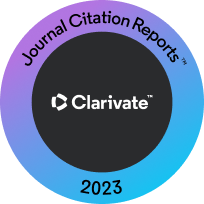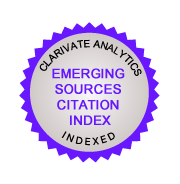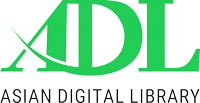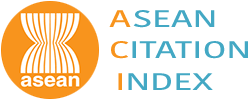Investigating Learning Space for Research Workspaces in Higher Education in Malaysia
DOI:
https://doi.org/10.32890/mjli2016.13.2.8Keywords:
Higher Education, research, learning spaceAbstract
Purpose – The purpose of this paper is to investigate learning space for research workspaces in Higher Education Institutions (HEIs) in Malaysia based on the evaluations by experts and university research workers on a practical model for creating an effective research learning space. It examines expert analyses of the notion of a suitable research learning workspace and explores worker viewpoints on this issue. Method – Experts from business (n=2), education (n=2) and architectural (n=2) backgrounds were interviewed and a survey was conducted on research workers from selected universities in Malaysia (n=222). Findings – A research learning workspace model is proposed based on evaluations by workers and experts on what was needed in a research-based working space to make it more work-friendly and intellectually stimulating for researchers. Significance – This research attempts to understand research learning space problems in institutions of higher learning and proposes one possible model for future research learning workspace planning. It also contributes to the literature on research learning workspace and its management in developing countries, especially when Asia is positioning itself today as a competitive global educational hub.Metrics
Metrics Loading ...
Additional Files
Published
29-12-2016
How to Cite
Yusof, N., Awang Hashim, R., & Kian, C. K. (2016). Investigating Learning Space for Research Workspaces in Higher Education in Malaysia. Malaysian Journal of Learning and Instruction, 13(2), 201–226. https://doi.org/10.32890/mjli2016.13.2.8
Issue
Section
Articles




























